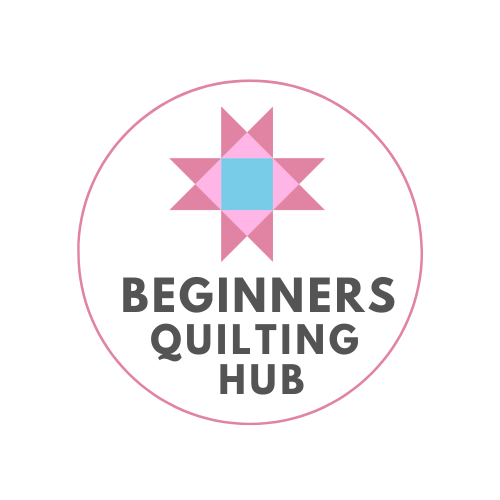Reading a quilt pattern can initially seem daunting, especially with abbreviations and unfamiliar terms. However, by breaking down the process into manageable steps, you can approach any quilt pattern with confidence.
🧵 How to Read a Quilt Pattern: A Beginner’s Guide
Understanding quilt patterns is essential for successful quilting. Here's a step-by-step guide to help you navigate and comprehend quilt patterns effectively.
1. 🧩 Choose the Right Pattern for Your Skill Level
Start by selecting a pattern that matches your quilting experience. Patterns typically indicate the required skill level: beginner, intermediate or advanced.
For beginners, it's advisable to start with simple designs to build confidence and skills so choose patterns designed especially for beginners.
P.S. This is my speciality - all the patterns in my shop are broken down and written for beginners, so that even if you have never sewn a quilt block before - you absolutely will be able to follow my patterns.

2. 📄 Print Out the Pattern
While I do buy patterns which are digitally available (because it's instant access) I do prefer to have physical version so as soon as I purchase a pattern, I print it out and add it to my patterns file (yes I have a file!).
Having a physical copy of the pattern allows you to make notes, highlight important sections and easily refer back to instructions as you work as you can have it close at hand.
This is especially helpful when you need to step away from your project and return later.
I am also old-school and love to have a physical piece of paper which I can tick off as I go along.
3. 🧵 Review Fabric Requirements and Materials List
Before starting, carefully read through the fabric requirements and materials list. This is so important as you need to know what you need, before ever making that first cut into your precious fabrics.
This section outlines all the necessary fabrics, tools, and notions needed for the project.
Ensuring you have all materials on hand prevents interruptions during the quilting process.

4. 📚 Read Through the Entire Pattern
Take the time to read the entire pattern from start to finish before beginning.
I know this sounds cliché... and telling you to read the pattern from start to finish sounds a bit like "exam is in session" back at school, but hear me out. Reading everything BEFORE getting started will give your brain a chance to process the information and you can get a sense of what is ahead of you.
This helps you understand the construction process, identify any special techniques, and anticipate steps that may require extra attention.
It will also highlight any areas or terms you aren't quite sure of and give you time to look into it a bit further if you need.
5. 🖼️ Understand Quilting Terms, Graphics and Illustrations
Quilt patterns often include specific terminology and visual aids.
Familiarize yourself with common quilting terms and symbols used in diagrams. Understanding these elements is crucial for accurate interpretation and execution of the pattern.
When designing quilt block patterns, I take the time to carefully explain any phrases or terms we are going to be using in the pattern. But not all patterns from other designers will do this - so you may need to double check what they may.

6. 🧪 Make a Test Block
Creating a test block allows you to practice the pattern's techniques and verify measurements before committing to the final version using your best fabrics. This step can help identify potential challenges and ensure a smoother quilting experience.
I must admit, I don't always do a test block because I am impatient and actually just want to make the block using the intended fabrics, so I get it if this is you too - no judgement here friends! It's just a suggestion that may be helpful especially if you're planning using a quilt block over and over - you may want to do a test run first.
🧠 Final Thoughts
Reading a quilt pattern becomes more intuitive with practice - quite literally the more you sew, the easier patterns will become.
By following these steps, you can approach new patterns with greater confidence and clarity.
Remember, every expert quilter was once a beginner - patience and persistence are key.


1 comment
Great guide! Very specific, easy to understand why you do things a certain way. I wish I knew a lot of these steps when I started, through trial and error I was able to overcome problems I had. I especially agree that reading the entire instructions is a bonus, it allows me to visualize what I will be doing. Well done!